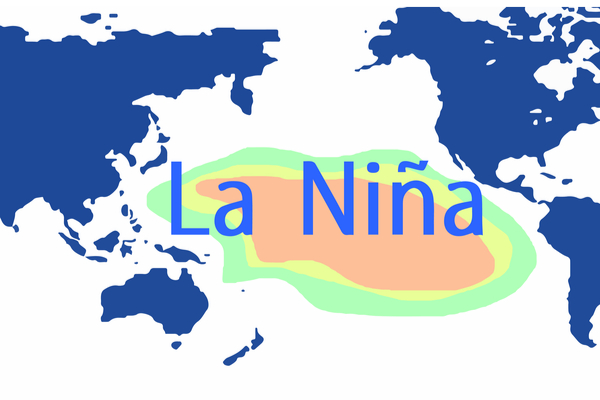Rising air and ocean temperatures around the world could set the stage for an “explosive hurricane season,” says meteorologist Stephanie Abrams of The Weather Channel.
As CBS News reports, in February, the average global sea surface temperature was the highest ever recorded, at 69.9 degrees. It’s a trend that’s picking up steam, especially in the Arctic, where temperatures are warming the fastest, causing the region to lose its ice. Researchers from the University of Colorado say that by the 2030s, the Arctic could have less than 400,000 square miles of ice coverage at times — a mere quarter of today’s coverage.
This means that closer to home, ocean temperatures in the North Atlantic are much warmer than usual. In the North Atlantic basin, the current average temperature is slightly above 68 degrees, which is more typical of May. It’s been the warmest start to the year on record.
Water ocean temperatures can have a significant impact, especially as the 2024 Atlantic Hurricane Season approaches. La Niña, when winds near the equator blow away from the Americas and cause colder water to rise to the surface, is also expected to develop during the upcoming hurricane season. The weather phenomenon results in less wind shear in the Atlantic Ocean, and typically makes for a more active hurricane season.
“The combination of La Niña and record warmth in the Atlantic could make for an explosive hurricane season,” Abrams said in an interview with CBS Mornings.
Hurricane season in the Atlantic Ocean officially runs from June 1 to November 30, the National Oceanic and Atmospheric Administration (NOAA) says. The season typically peaks in mid-September, with most activity occurring between mid-August and mid-October.
—
Photo Credit: Adansijav Official / Shutterstock.com
